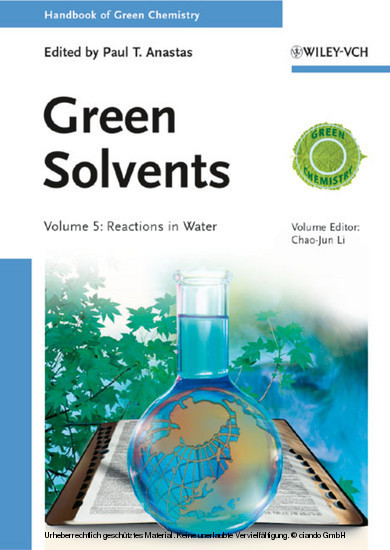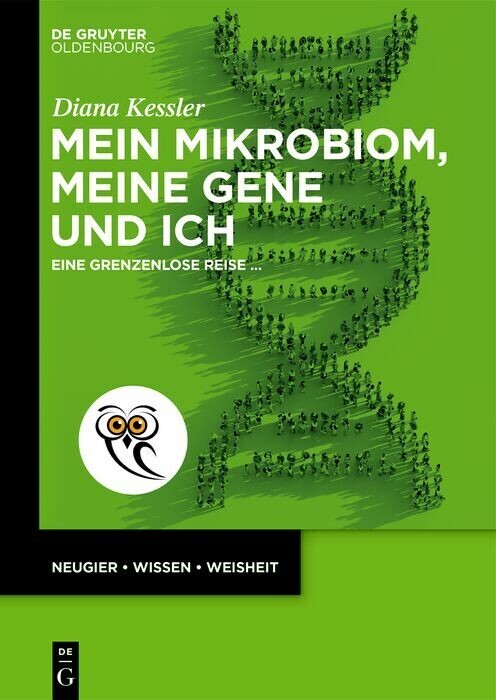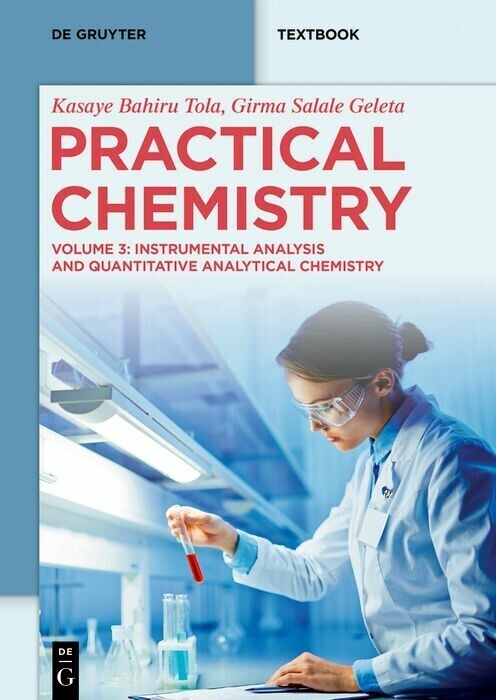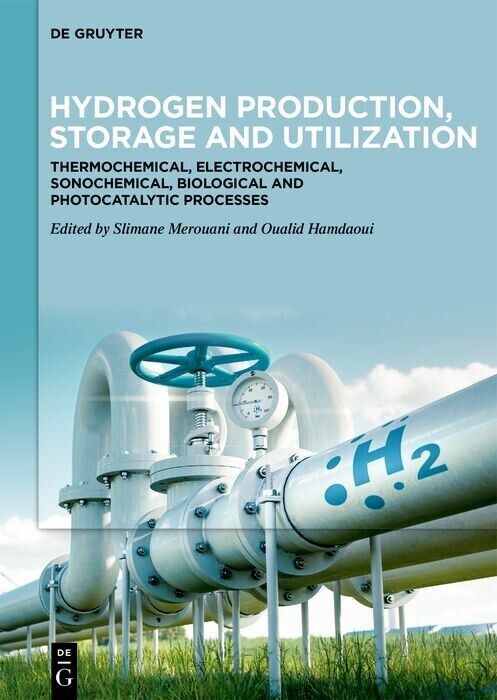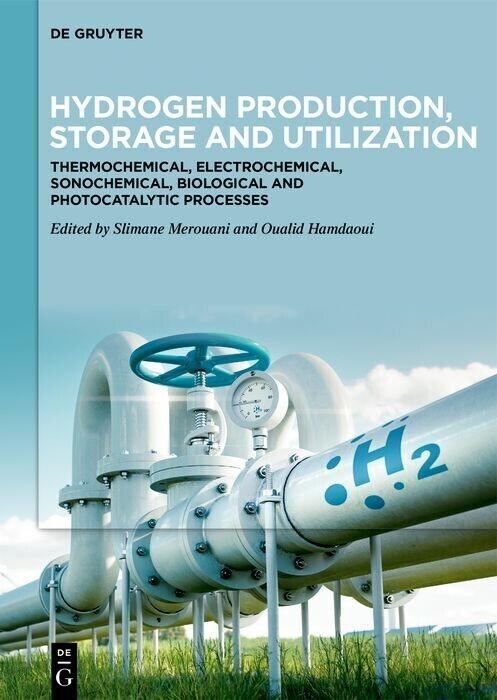Handbook of Green Chemistry, Green Solvents, Reactions in Water
Handbook of Green Chemistry, Green Solvents, Reactions in Water
There has been dramatic growth in the community of researchers and industrialists working in the area of Green Chemistry. There has been an increasing recognition by a wide-range of scientists and engineers in the chemical enterprise that the framework of Green Chemistry is relevant and enabling to their work. There has been a significant body of work that has accumulated over the past decade that details the breakthroughs, innovation and creativity within Green Chemistry and Engineering.
While there have been edited volumes on Green Chemistry that collect a limited number of papers often on a particular topic area, there is not currently a series that seeks to provide a more comprehensive overview of the current state of the science. The lack of this type of series is a notable niche for which the continually growing Green Chemistry and engineering community would value and welcome.
The Handbook of Green Chemistry comprises of 9 volumes in total, split into 3 subject-specific sets. The three sets are available individually. All 9 volumes are available individually, too.
- - -
-
-
-
-
-
-
The Handbook of Green Chemistry is also available as .
The Handbook of Green Chemistry .
Paul T. Anastas joined Yale University as Professor and iserves as the Director of the Center for Green Chemistry and Green Engineering at Yale. From 2004-2006, Paul Anastas has been the Director of the Green Chemistry Institute in Washington, D.C. Until June of 2004 he served as Assistant Director for Environment at e White House Office of Science and Technology Policy where his responsibilities included a wide range of environmental science issues including furthering international public-private cooperation in areas of Science for Sustainability such as Green Chemistry. In 1991, he established the industry-government-university partnership Green Chemistry Program, which was expanded to include basic research, and the Presidential Green Chemistry Challenge Awards. He has published and edited several books in the field of Green Chemistry and developed the 12 principles of Green Chemistry.
While there have been edited volumes on Green Chemistry that collect a limited number of papers often on a particular topic area, there is not currently a series that seeks to provide a more comprehensive overview of the current state of the science. The lack of this type of series is a notable niche for which the continually growing Green Chemistry and engineering community would value and welcome.
The Handbook of Green Chemistry comprises of 9 volumes in total, split into 3 subject-specific sets. The three sets are available individually. All 9 volumes are available individually, too.
- - -
-
-
-
-
-
-
The Handbook of Green Chemistry is also available as .
The Handbook of Green Chemistry .
Paul T. Anastas joined Yale University as Professor and iserves as the Director of the Center for Green Chemistry and Green Engineering at Yale. From 2004-2006, Paul Anastas has been the Director of the Green Chemistry Institute in Washington, D.C. Until June of 2004 he served as Assistant Director for Environment at e White House Office of Science and Technology Policy where his responsibilities included a wide range of environmental science issues including furthering international public-private cooperation in areas of Science for Sustainability such as Green Chemistry. In 1991, he established the industry-government-university partnership Green Chemistry Program, which was expanded to include basic research, and the Presidential Green Chemistry Challenge Awards. He has published and edited several books in the field of Green Chemistry and developed the 12 principles of Green Chemistry.
| ISBN | 9783527688555 |
|---|---|
| Artikelnummer | 9783527688555 |
| Medientyp | E-Book - ePUB |
| Copyrightjahr | 2014 |
| Verlag | Wiley-VCH |
| Umfang | 400 Seiten |
| Sprache | Englisch |
| Kopierschutz | Adobe DRM |

